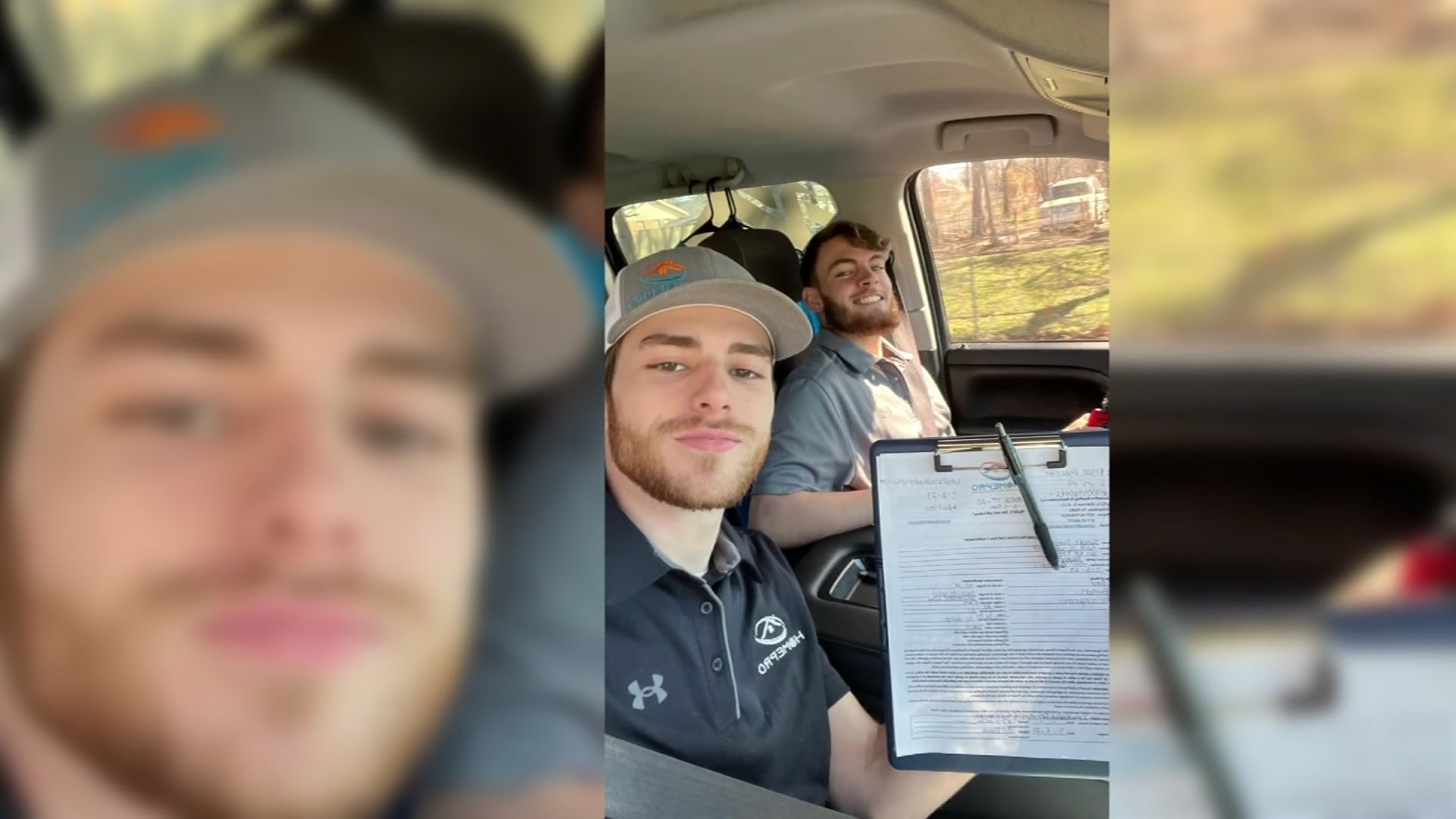Dallas streets lag far behind the goal of 87 percent satisfactory set by city leaders 10 years ago even though the city now spends more than surrounding cities on street maintenance.
The latest city wide rating shows just 74 percent of Dallas streets are rated satisfactory. And some drivers may be less than satisfied with what Dallas considers satisfactory.
NBC 5 compared other North Texas cities and found Dallas is now spending more per population, per lane mile and as a percent of the general fund budget.
North Texas Cities' Street Spending Comparison
DV.load("https://www.documentcloud.org/documents/2714008-NTX-Streets-Spending-Comparison.js", { width: 600, height: 337, sidebar: false, text: false, container: "#DV-viewer-2714008-NTX-Streets-Spending-Comparison" }); NTX-Streets-Spending-Comparison (PDF)NTX-Streets-Spending-Comparison (Text)
Mark Clayton represents Northeast Dallas City Council District 9 which had the lowest rated streets in recent years. He said streets are the number one complaint he hears from citizens. Clayton said Dallas fell behind on street maintenance through years of neglect and deep spending cuts during bad times.
“It's like taking care of your house,” Clayton said. “Everybody wants to get the new TV but not everybody wants to paint the house.”
Local
The latest news from around North Texas.
One really bad street in Clayton’s district due for total reconstruction is Woodmeadow Parkway. The thoroughfare near La Prada Drive is a mix of failing patches and severely cracked pavement.
“I've been on streets that are bad, but this one is really disgraceful and disgusting,” said driver C. Charles.
Woodmeadow serves several big apartment complexes at the edge of the Dallas city limits near Mesquite.
“If you look the suburban areas, a lot of those streets aren't torn up like that,” Charles said.
In 2006 and 2012 bond referendums, Dallas voters agreed to borrow $650 million dollars for street improvements.
But Dallas street needs have grown to more than $4.4 billion dollars, according to a 2014 city briefing for an engineering group.
An additional $16.7 million in the current Dallas budget for streets only keeps conditions from declining further, maintaining the same 74 percent satisfactory rating, far below the 87 percent goal, in the latest street work plan.
Dallas budget figures show street and transportation spending is now nine percent of the general fund budget and about $9,000 per lane mile Dallas maintains. Dallas spends $89 per person in the population on streets and transportation.
Fort Worth devotes about eight percent of its general fund budget to streets and transportation and about $7,000 per lane mile. Fort Worth street spending per person is $75.
Street spending in other North Texas cities is lower.
Clayton said big city Dallas has different problems that smaller, newer cities and streets are clearly one of the biggest.
“I think there's other cities that have done it better than we have and everybody went through that common downturn,” Clayton said. “You can't use that as an excuse for your road problem.”
Reconstruction of Woodmeadow Parkway is scheduled for completion by December 31, 2017.
“That’s a long time,” driver C. Charles said.
Dallas leaders are now debating a possible 2017 capital improvement bond referendum to make progress on Dallas street ratings instead of just keeping them from getting worse.
“If the number priority of the citizens are streets, we need to make this the number one priority of the budget,” said Clayton.
At a recent city council retreat, members insisted on the soonest possible May 2017 referendum but they are still debating how much to include for streets.
Additional Street Data Online



